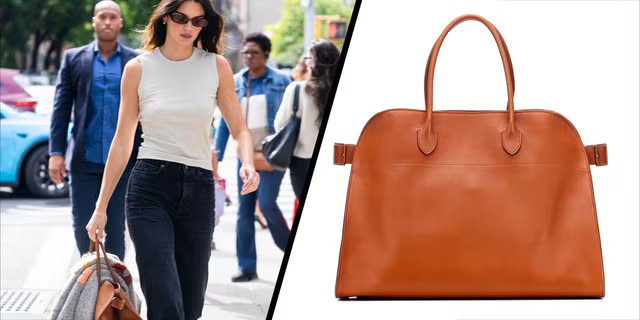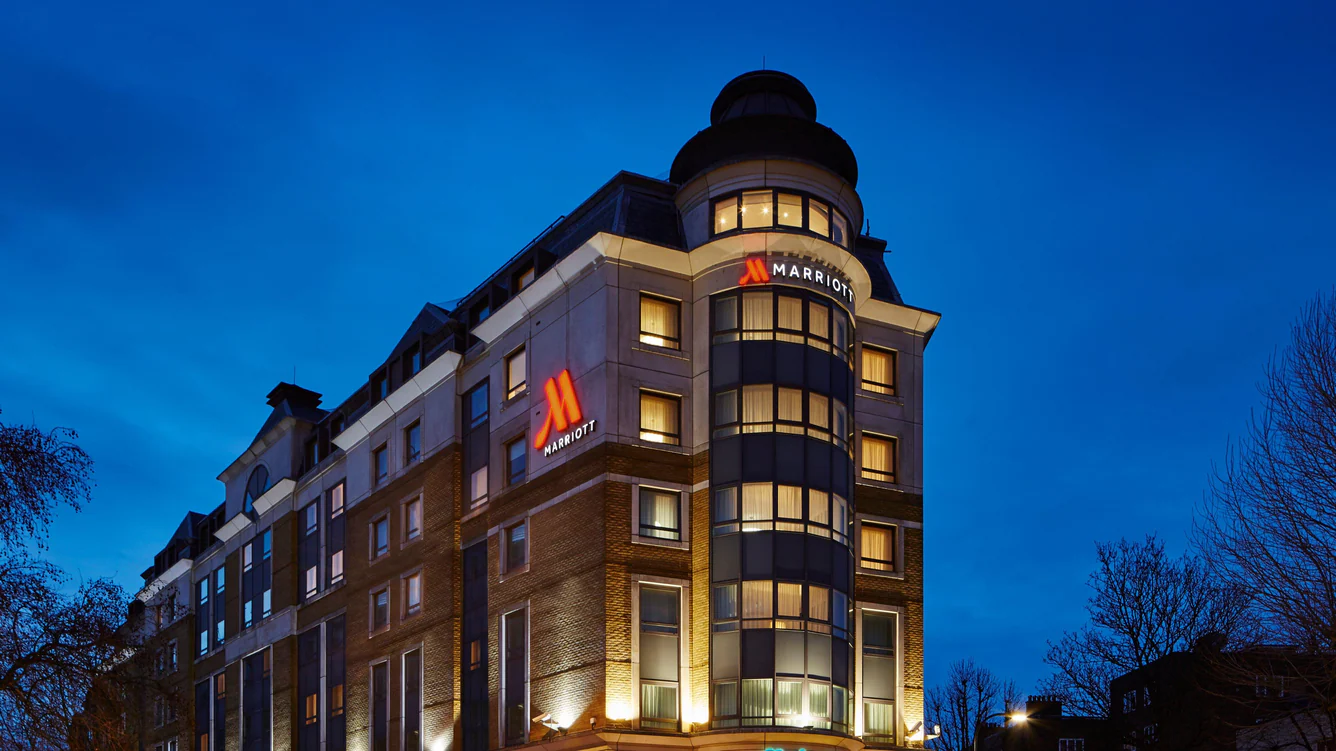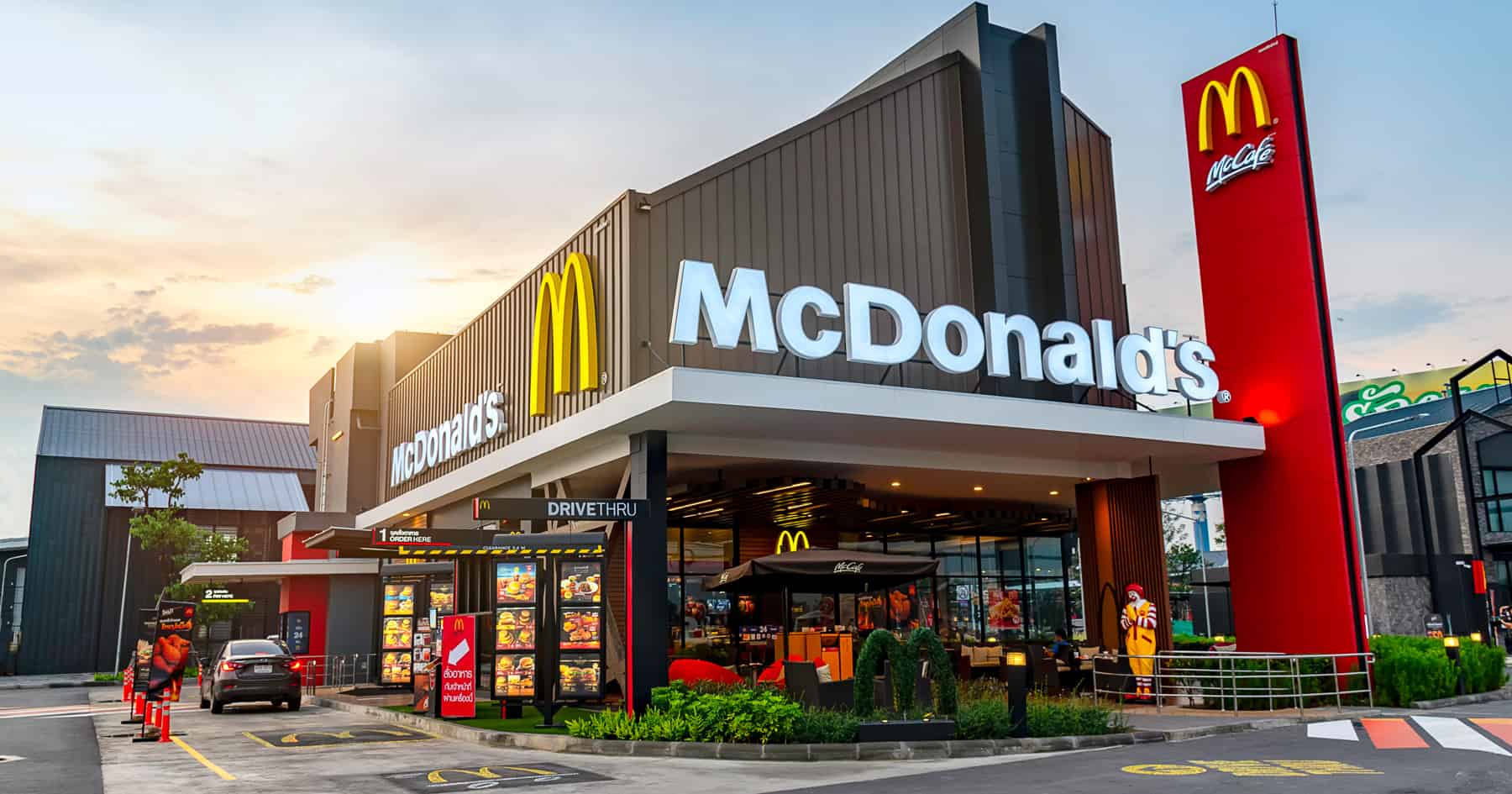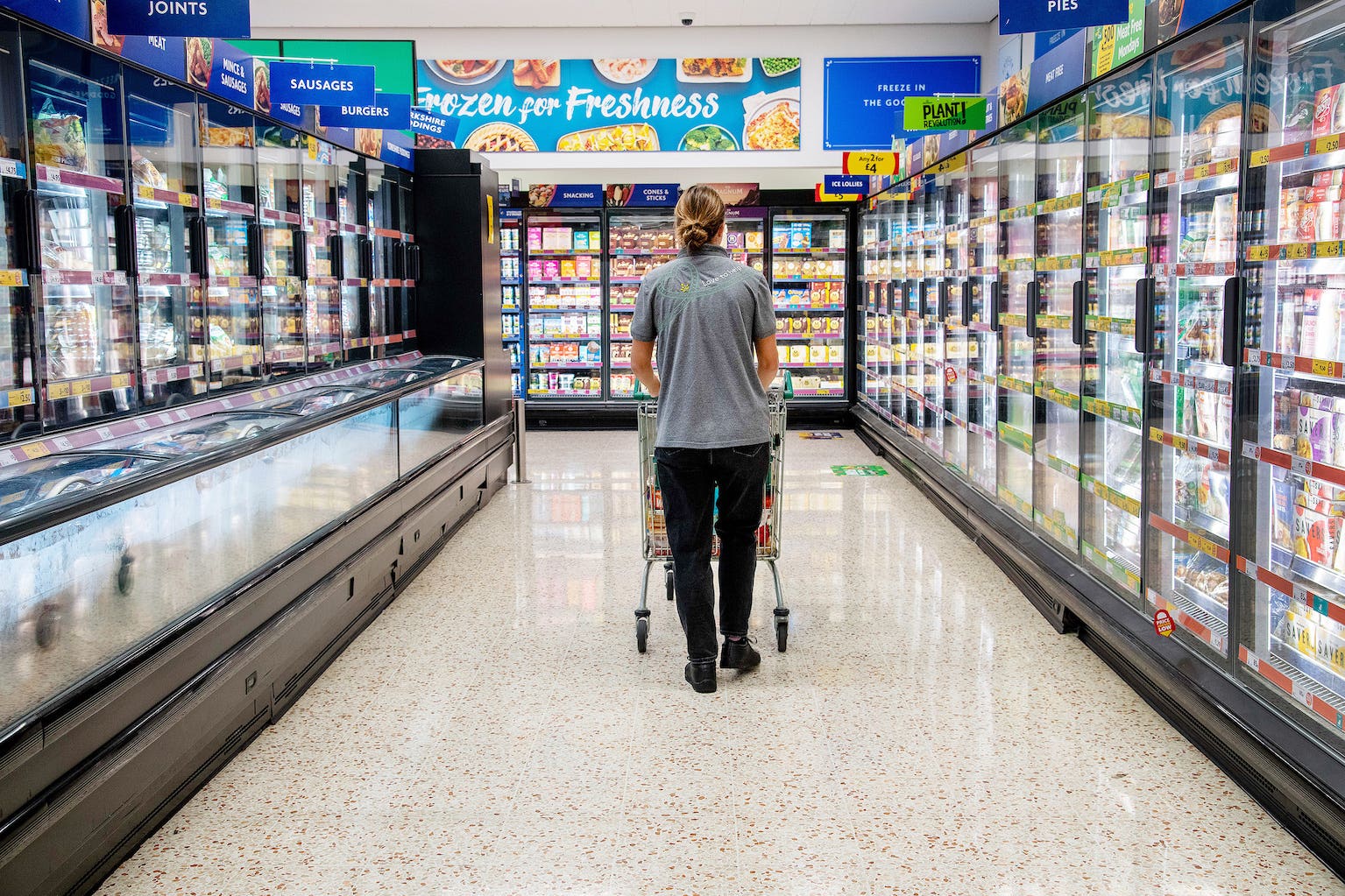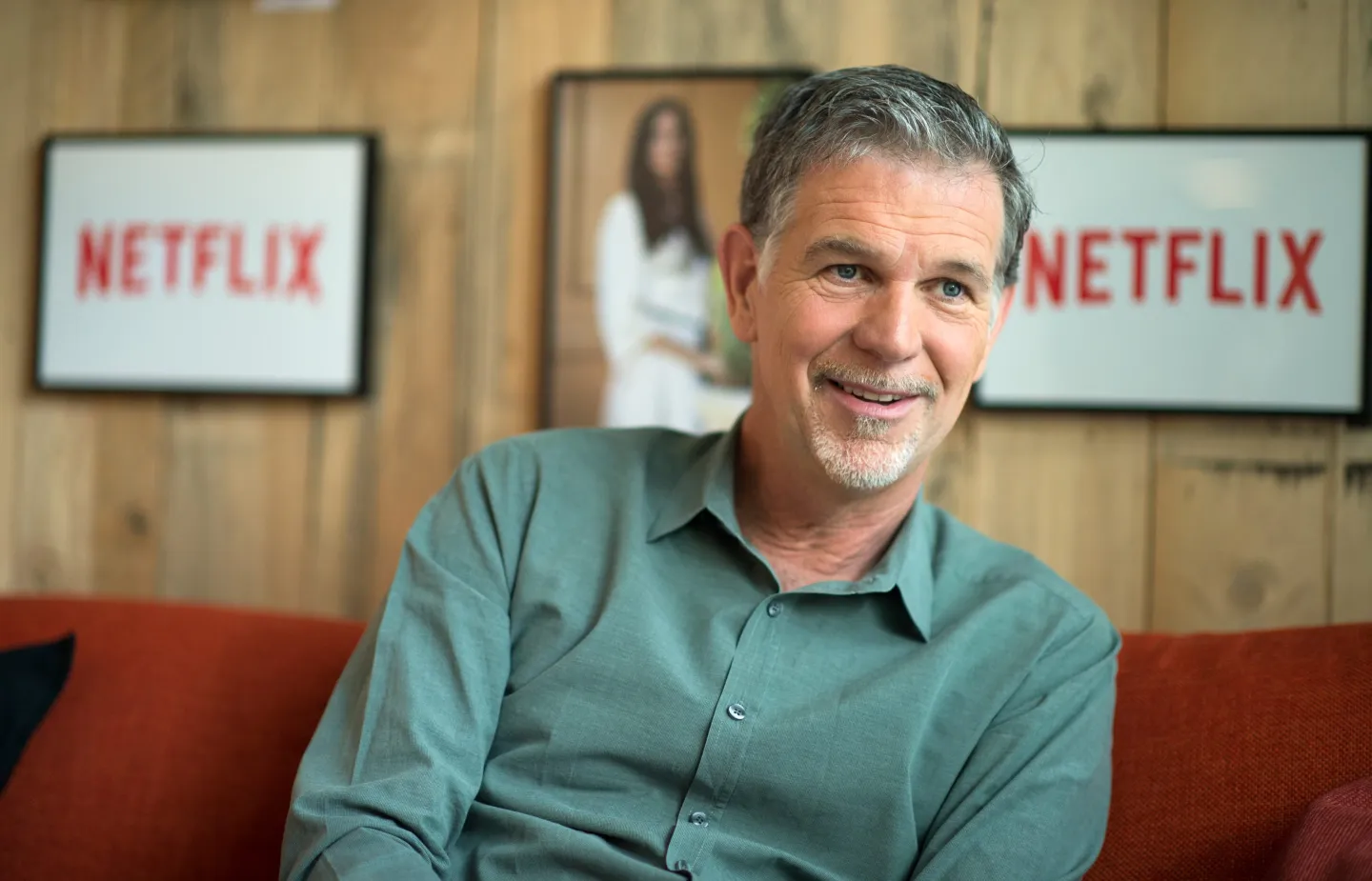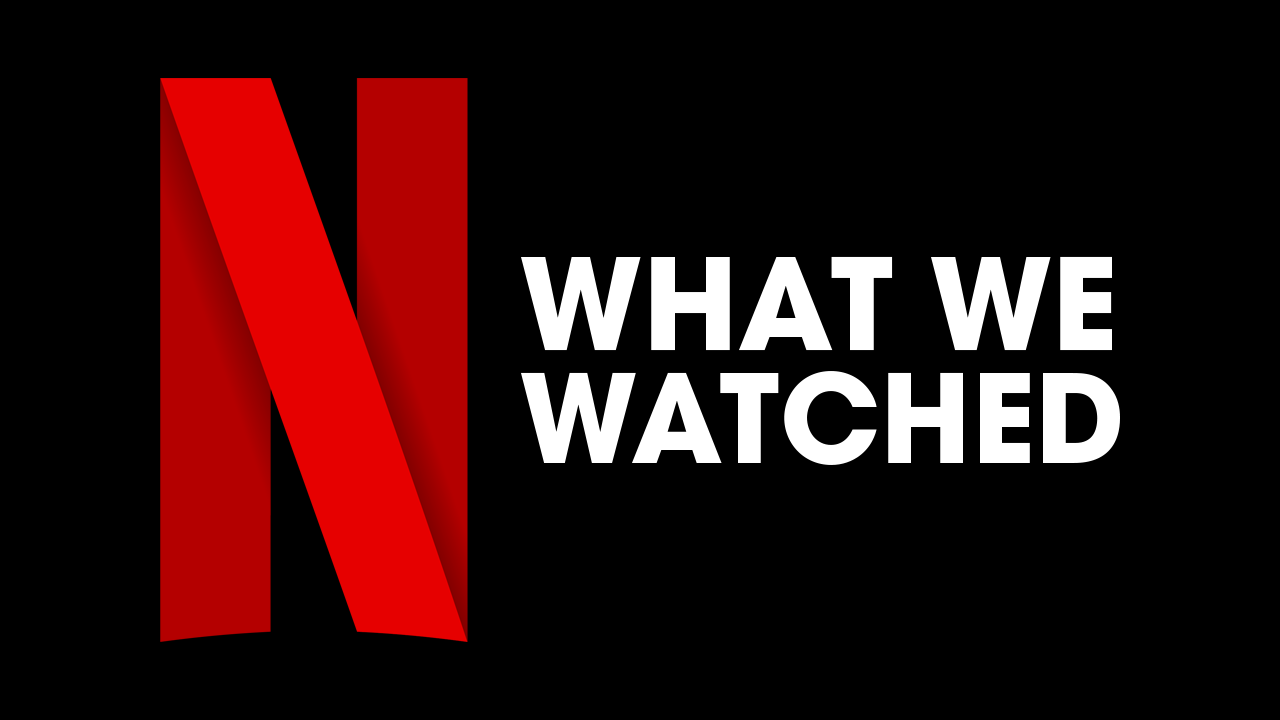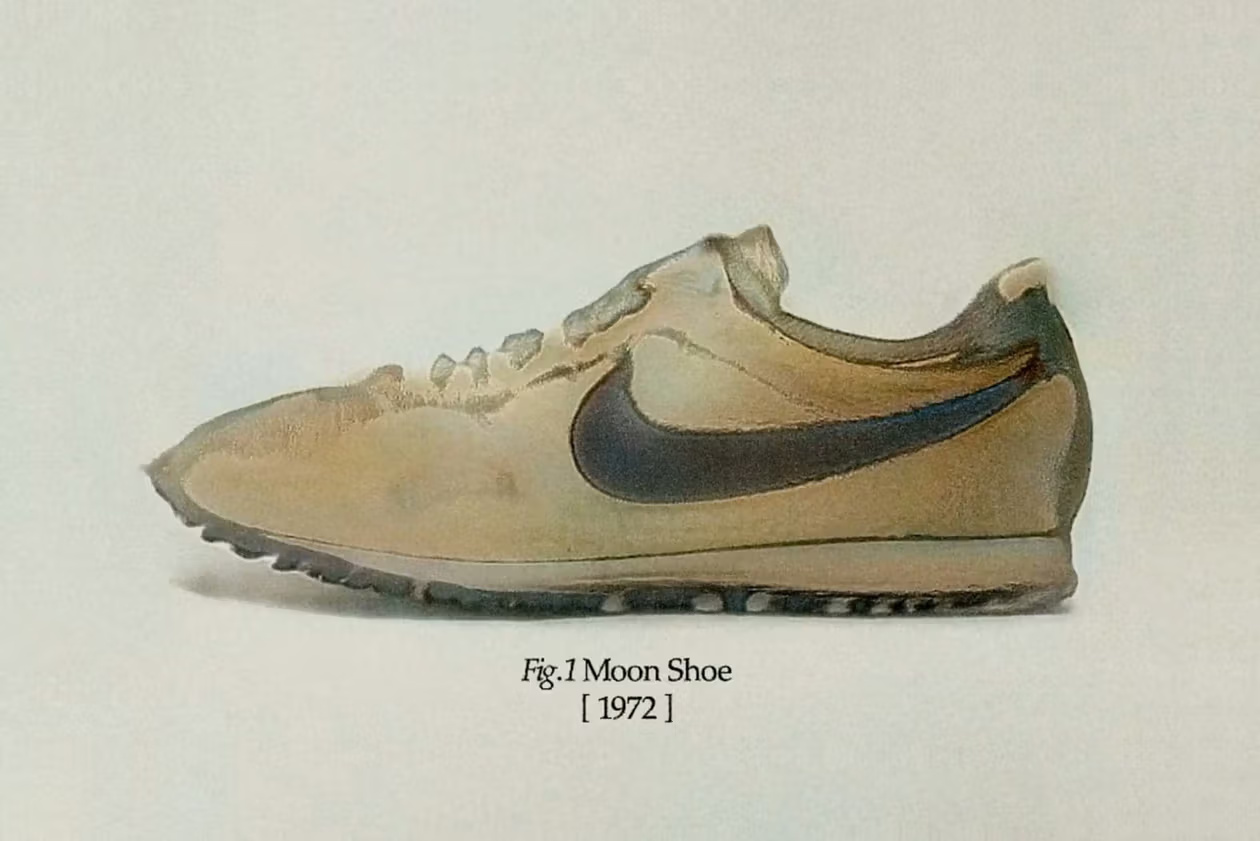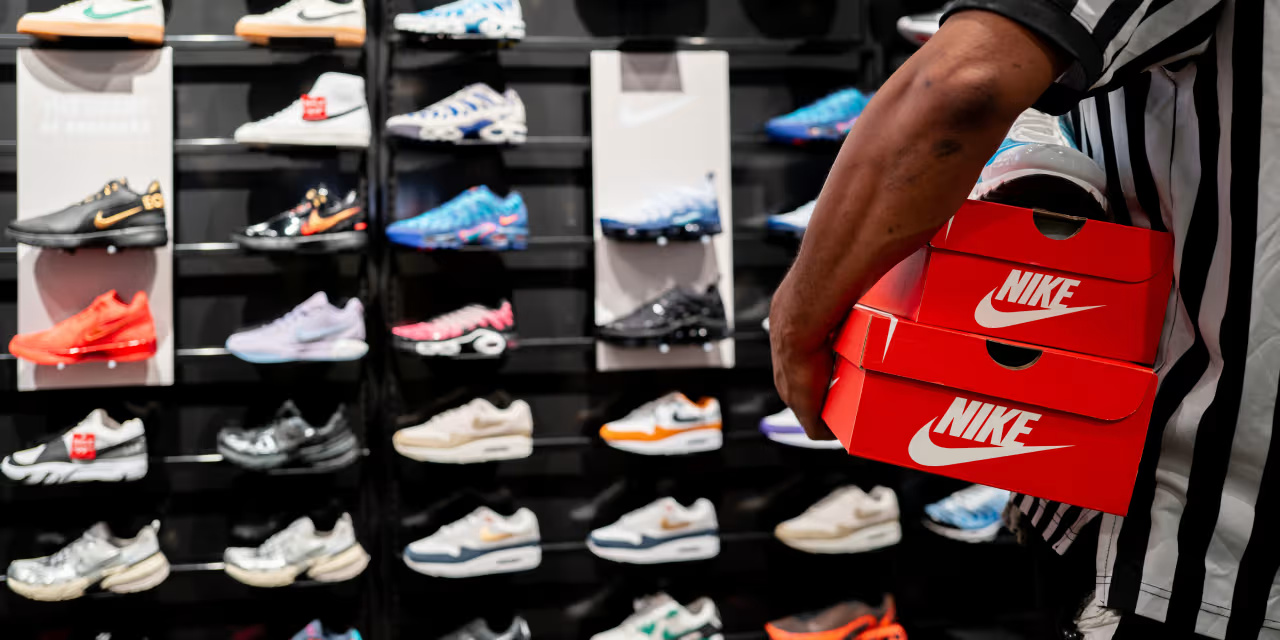When electric bikes run out of charge their batteries need to be replaced. Lime cut their battery costs in half by moving from fixed batteries to swappable batteries, so employees could charge bikes there and then, rather than having to drive them back to the warehouse to charge overnight.
Business & Brands
Louis Vuitton is one of few brands that never discounts products. “Items advertised as discounted on the Web are invariably fake,” it states online. This is a smart decision for the luxury brand, which realises that doing so retains the value of the products while sending the confident message that the original price is exactly as it should be.
Gone are the days when luxury bags flaunted a giant logo. The Row is one of the trendsetting brands that, according to the founders, shows how something made “beautifully, in great fabric, with good fit, it can sell without a logo or a name on it.”
Rolls Royce reported a £5.4 billion loss in the first half of 2020. Like many luxury car brands, the pandemic had wiped out demand – but it proved to be temporary. In 2023 it delivered more cars than any other year in its history, and its share price was up by 150% compared to before the pandemic.
The world’s largest hotel corporation owns very few hotels. Instead, Marriott makes money by selling its brand to franchisees, who then set up Marriot branded hotels and pay an annual fee in return.
McDonald’s is essentially a real estate company, making billions in rent from franchised restaurants.
The need for speed led the McDonald brothers to turn to Henry Ford and the world of cars. If Ford could use a specialised system to build a car in two hours, the McDonald brothers could use it to make a burger in less than a minute. They created a new dispenser that squirted the same amount of ketchup every time, and they replaced the silverware with paper wrappings to remove the need for a big dishwasher. The resulting ‘speedee system’ became the basis for modern day fast food as we know it.
Mcdonalds speedee system (see film)
Every penny counts for supermarkets. So Morrisons has recently increased the temperature of its freezers from -18°C to -15°C, after a previous trial suggested the move would save 10% on energy costs.
Reed Hastings, with no prior experience of the film and television industry, applied the gym-model of subscription to movie rentals to create Netflix.
Reed Hastings decided to start Netflix after being fined $40 at a Blockbuster store for being late to return a copy of Apollo 13.
Netflix shows are not made equal. As the company’s recent viewing report states, “the top 1 percent of titles accounted for about 22.32 billion hours of viewing, almost 24 percent of the total. The top 10 percent brought in 68 percent of all viewing – 64.16 billion hours.”
NYT is now a gaming company – in terms of time spent by users.
Nike started out as a running shoe manufacturer, long before it ventured into casual shoes and apparel. As co-founder Phil Knight explains, “we just tried to get our shoes on the feet of runners… we thought the world stopped and started in the lab and everything revolved around the product.”
When the brand pursued a DTC model, and ended hundreds of long term partnerships with retailers, it quickly realised the importance of mass distribution: many light buyers couldn’t find Nike in their usual stores and so didn’t buy them. Sales declined 8% in 2024.



